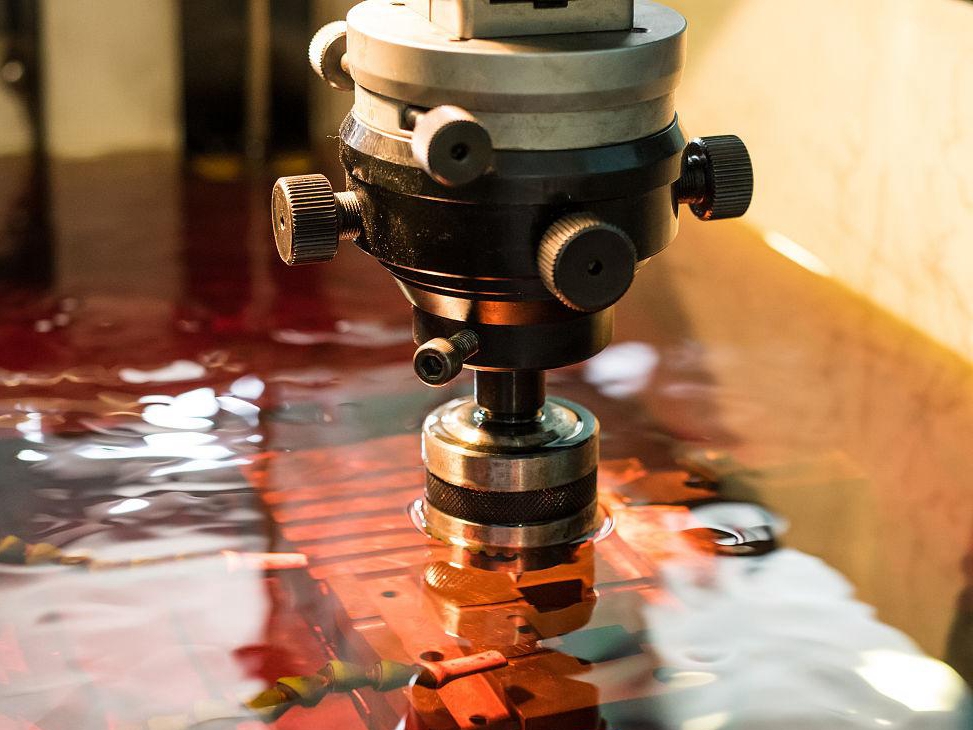Haynes 188
Haynes 188 is a cobalt-nickel-chromium-tungsten superalloy known for exceptional high-temperature strength, oxidation resistance, and outstanding weldability at temperatures up to 1095°C. Its superior thermal stability and fatigue resistance make it ideal for additive manufacturing of critical aerospace, industrial, and energy-sector components operating in extreme environments.
Leveraging superalloy 3D printing, industries extensively use Haynes 188 to fabricate complex components such as combustion chambers, afterburner liners, and turbine blades. This technology significantly enhances precision, mechanical durability, and operational lifespan, fulfilling stringent performance criteria.
Haynes 188 Similar Grades Table
Country/Region | Standard | Grade or Designation |
|---|---|---|
USA | UNS | R30188 |
USA | AMS | AMS 5608 / AMS 5772 |
Germany | W.Nr. (DIN) | 2.4683 |
China | GB | GH5188 |
UK | BS | HR188 |
Haynes 188 Comprehensive Properties Table
Category | Property | Value |
|---|---|---|
Physical Properties | Density | 9.14 g/cm³ |
Melting Range | 1300–1410°C | |
Thermal Conductivity (at 20°C) | 9.4 W/(m·K) | |
Thermal Expansion (20–1000°C) | 13.7 µm/(m·K) | |
Chemical Composition (%) | Cobalt (Co) | Balance |
Nickel (Ni) | 20.0–24.0 | |
Chromium (Cr) | 21.0–23.0 | |
Tungsten (W) | 13.0–16.0 | |
Iron (Fe) | ≤3.0 | |
Carbon (C) | ≤0.15 | |
Mechanical Properties | Tensile Strength | ≥960 MPa |
Yield Strength (0.2%) | ≥485 MPa | |
Elongation at Break | ≥35% | |
Modulus of Elasticity | 220 GPa | |
Hardness (HRC) | 28–38 |
3D Printing Technology of Haynes 188
Common additive manufacturing technologies applicable to Haynes 188 include Selective Laser Melting (SLM), Direct Metal Laser Sintering (DMLS), and Electron Beam Melting (EBM), leveraging its exceptional high-temperature properties and enabling precision in complex geometries.
Applicable Process Table
Technology | Precision | Surface Quality | Mechanical Properties | Application Suitability |
|---|---|---|---|---|
SLM | ±0.05–0.2 mm | Excellent | Excellent | Aerospace, High-Precision Parts |
DMLS | ±0.05–0.2 mm | Very Good | Excellent | Aerospace, Precision Industrial |
EBM | ±0.1–0.3 mm | Good | Very Good | Energy, High-Temperature Industrial |
Haynes 188 3D Printing Process Selection Principles
For aerospace components requiring fine dimensional tolerances (±0.05–0.2 mm) and excellent surface quality (Ra 3–10 µm), Selective Laser Melting (SLM) is ideal for combustor liners and turbine components.
Complex and precise parts that demand tight tolerance control and high mechanical performance benefit significantly from Direct Metal Laser Sintering (DMLS), especially suitable for aerospace turbines and precision industrial components.
Electron Beam Melting (EBM), with higher deposition rates and good mechanical robustness, suits large-scale parts with moderate precision (±0.1–0.3 mm) for heavy-duty energy and industrial applications.
Haynes 188 3D Printing Key Challenges and Solutions
Thermal stresses from rapid heating and cooling cycles are significant challenges during printing. The use of optimized support structures combined with post-process Hot Isostatic Pressing (HIP) at approximately 1180°C and pressures of 100–150 MPa effectively alleviates internal stress and reduces distortion.
Porosity affects high-temperature mechanical performance and reliability. Optimizing laser parameters, such as laser power settings between 250–400 W and scan speeds of 600–900 mm/s, alongside HIP treatments, significantly reduces porosity, achieving part density levels exceeding 99.8%.
Surface roughness (typically Ra 8–15 µm) impacting aerodynamic and mechanical performance can be enhanced by precision CNC machining or electropolishing, achieving superior finishes of Ra 0.4–1.2 µm.
Contamination control, essential for powder integrity, demands strict atmospheric controls (oxygen below 500 ppm, humidity below 10% RH) to maintain consistent alloy performance.
Industry Application Scenarios and Cases
Haynes 188 is extensively utilized across multiple demanding sectors:
Aerospace: Combustor liners, turbine blades, and high-performance exhaust nozzles.
Energy and Power Generation: High-temperature heat exchangers and furnace components.
Industrial Manufacturing: Components subjected to extreme thermal cycling and corrosive environments.
A recent aerospace application demonstrated the successful implementation of SLM-produced Haynes 188 combustor liners, achieving superior thermal performance, increasing component lifespan by 30%, and significantly reducing operational costs.
FAQs
What advantages does Haynes 188 offer in high-temperature additive manufacturing?
Which additive manufacturing technologies are most suitable for Haynes 188?
How does Haynes 188 compare to other cobalt-based alloys?
What are common challenges in Haynes 188 3D printing, and how can they be addressed?
What post-processing methods effectively enhance Haynes 188 component quality and performance?



